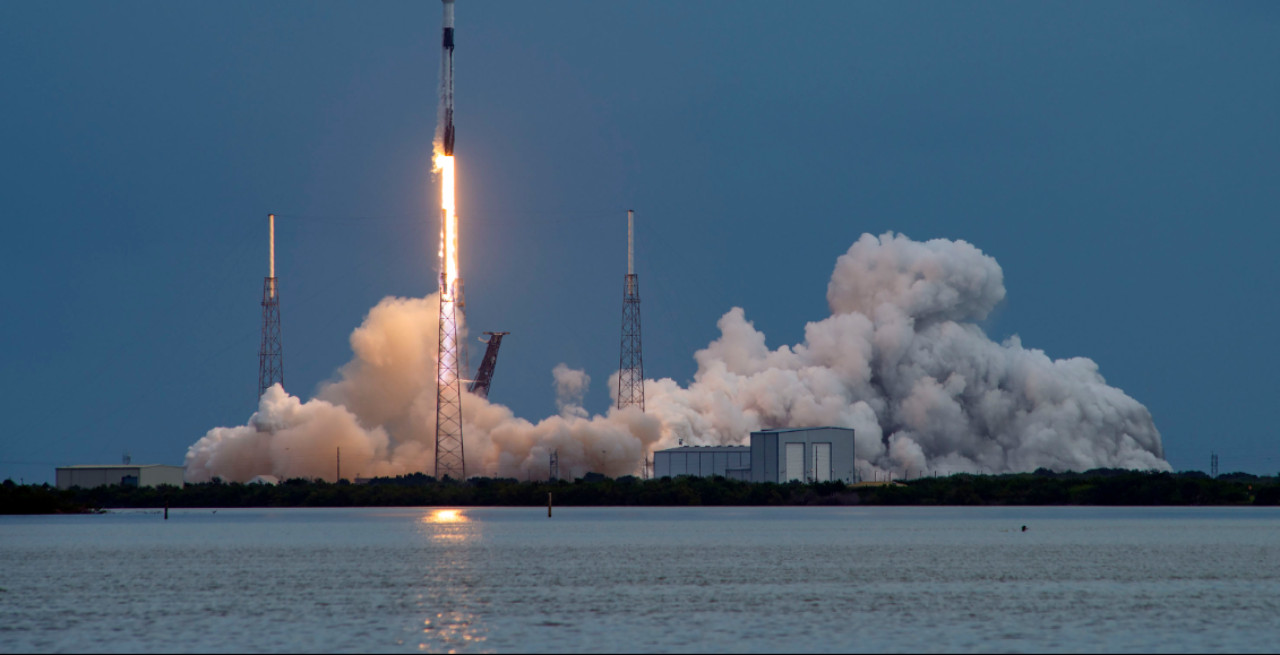SpaceX’s primary mission
SpaceX’s primary mission is to revolutionize space technology and pave the way for life on multiple planets. As the world’s leading provider of launch services, SpaceX takes immense pride in its status as the first private company to transport astronauts to and from the International Space Station (ISS) and the sole company to conduct an all-civilian crewed mission to orbit. This success has solidified SpaceX’s commitment to ensuring a safe orbital environment, protecting human spaceflight, and maintaining sustainability for future Earth orbit missions and beyond.
SpaceX’s dedication to space safety is evident in its actions
SpaceX’s dedication to space safety is evident in its actions, as they invest substantial resources to ensure that all its launch vehicles, spacecraft, and satellites adhere to or exceed space safety regulations and industry best practices. Some key initiatives include:
- Designing and building highly reliable and maneuverable satellites with a demonstrated reliability rate exceeding 99%.
- Operating at low altitudes (below 600 km) to minimize persistent debris in the rare event of satellite failure.
- They were verifying satellite health at an especially low altitude before raising them to their operational orbit.
- Transparently sharing orbital information with other satellite owners/operators.
- Developing an advanced collision avoidance system to address risks exceeding safe thresholds.
SpaceX remains at the forefront of space sustainability, constantly pushing the boundaries of technology. They have made significant strides in flying satellites at challenging low altitudes, utilizing sustainable electric propulsion for maneuvering and active de-orbit, and employing inter-satellite optical communications to maintain constant contact with satellites. The company is committed to openness and transparency, encouraging other operators to join in sharing orbital data and keeping the public and governments informed about their operations and practices.
SpaceX Provides Critical Internet Connectivity to Underserved and Remote Regions
Through innovation and groundbreaking projects like the Starlink constellation, SpaceX is providing crucial internet connectivity to underserved and remote regions worldwide. Their operating principles reflect a profound dedication to space sustainability and safety.
- Designing and building safe, reliable, and demisable satellites, undergoing rigorous screening and testing for high rates of deployment and reliability.
- Propulsively deorbiting satellites nearing the end of their mission life to prevent space debris accumulation.
- Implementing multiple strategies to prevent debris generation in space, ensuring satellites are designed for demise during reentry to pose no risk to Earth.
- SpaceX deploys satellites at extremely low altitudes (<350 km) for quick and active deorbit in case of system checkout failure.
- Operating below 600 km altitude, promoting self-cleaning orbits where non-maneuverable satellites and debris naturally deorbit within 5 to 6 years, significantly reducing persistent orbital debris risk.
SpaceX operates its satellites at an altitude below 600 km
By prioritizing space sustainability and safety, SpaceX sets a high standard for responsible space operations and is committed to fostering a secure and sustainable space environment for future generations.
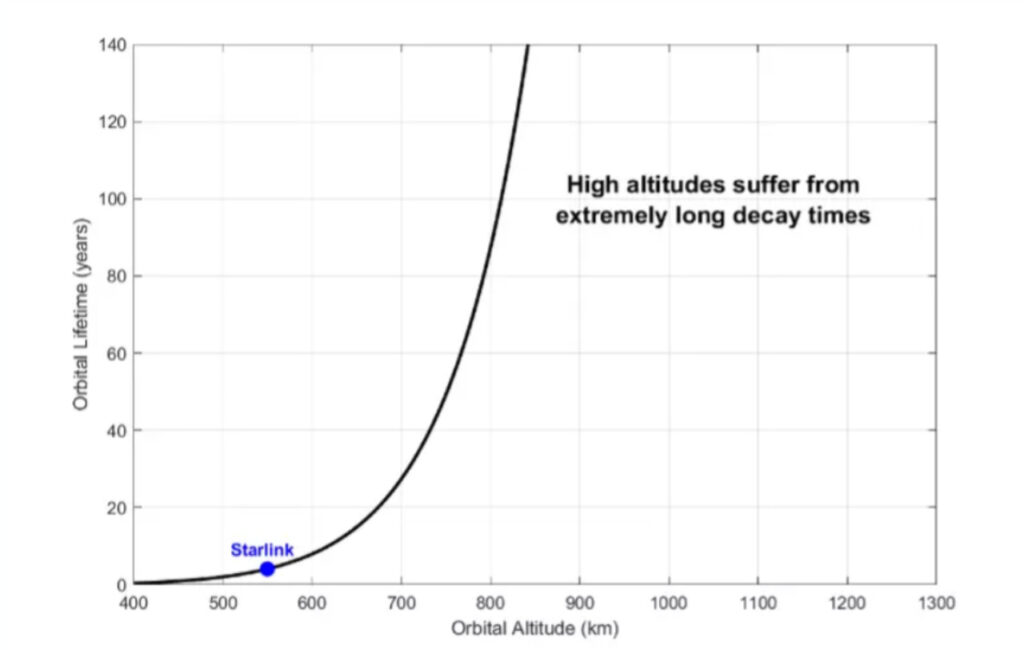
Fig. 2: The graph illustrates the amount of debris at different altitudes. Debris resulting from collision events involving satellites flying above 600km will remain in orbit for many decades, posing a persistent orbital debris risk as it passes through various altitudes during deorbit.
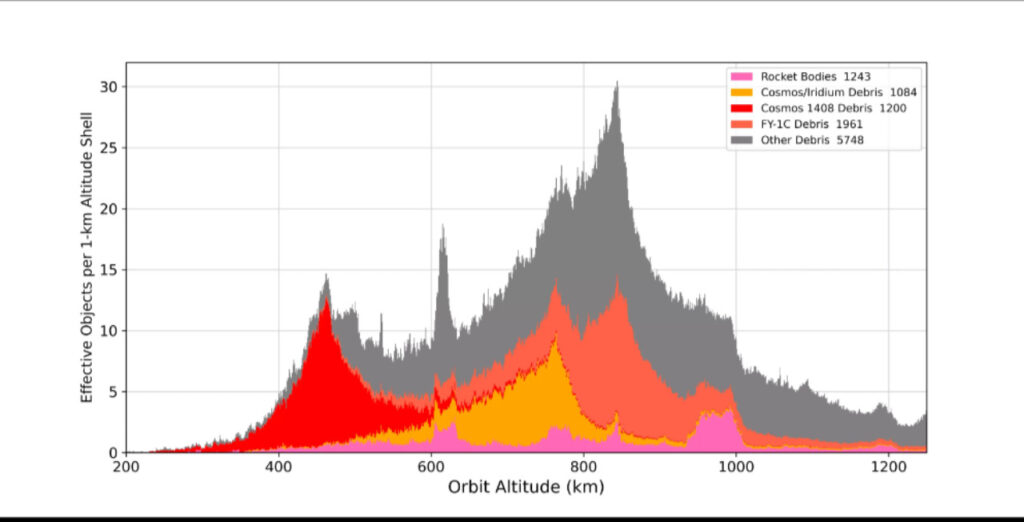
Transparency and data sharing
SpaceX is committed to transparency and open data sharing regarding our Starlink network with both governments and other satellite owners/operators. We strive to provide accurate, relevant, and updated information related to space safety and situational awareness, which is shared with all operators. For this purpose, SpaceX shares high-fidelity future position and velocity prediction data (ephemerides) for all our satellites.
These ephemerides, along with covariance data (statistical uncertainty of the predictions), are openly available on Space-Track.org, encouraging other operators to follow suit. By sharing this data, we enable more accurate computation of collision risks. To further facilitate access to our ephemerides, SpaceX is working to eliminate the need for login credentials on Space-Track.org to view our data.
Moreover, SpaceX voluntarily provides routine system health reports to the Federal Communications Commission (“FCC”), setting a precedent as no other operator has offered this level of reporting. These reports detail the status of our constellation, including the operational status of our satellite fleet and the number of maneuvers performed to minimize collision probabilities with other objects. Fig. 3 illustrates a sample of the number of maneuvers conducted by Starlink during the 6-month period from June 2021 to November 2021.
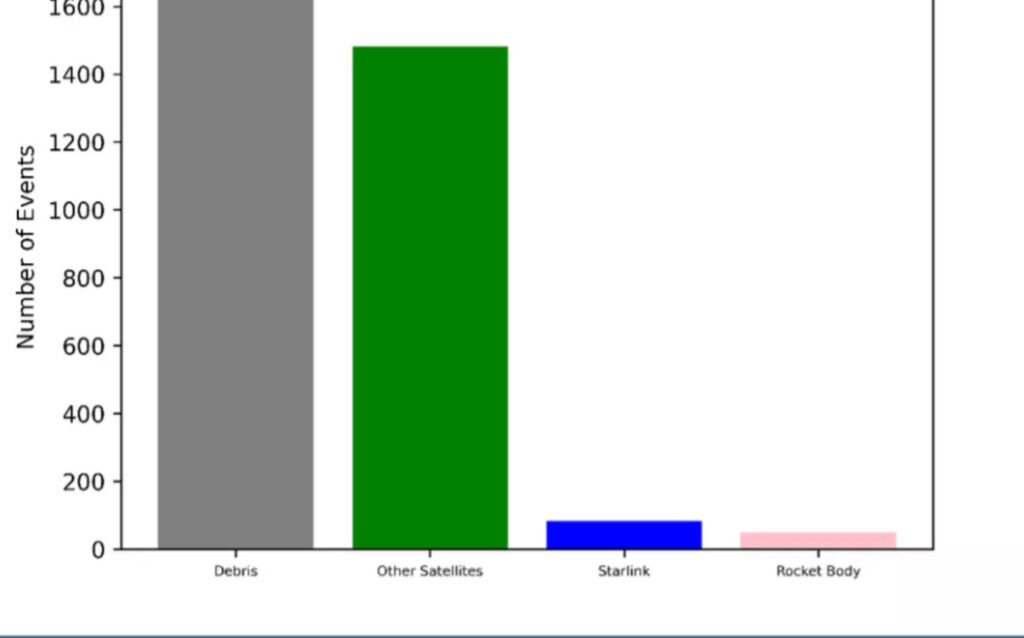
Collision avoidance system
The company has unveiled its state-of-the-art Collision Avoidance System, ensuring the safety of its satellites and space operations. SpaceX’s system utilizes a highly accurate and continuous location and prediction system, providing precise orbital data from satellite deployment to end-of-life disposal. This crucial information is shared with the U.S. Space Force, LeoLabs, and other operators to aid in tracking and collision avoidance screening.
Through onboard GPS, SpaceX’s satellites regularly downlink their orbital data, enabling accurate future ephemeride predictions when combined with planned maneuvers. These predictions are uploaded to Space-Track.org three times a day, where they are meticulously screened by LeoLabs and the U.S. Space Force’s 18th Space Control Squadron for potential conjunctions with other satellites and debris.
To ensure safety at scale, each SpaceX satellite is equipped with its own autonomous collision avoidance system. This impressive system empowers the satellites to independently maneuver, skillfully avoiding potential collisions with other space objects. Notably, if a conjunction event is found to carry a probability of collision greater than 1/100,000 (which is 10 times lower than the industry standard of 1/10,000), the satellites immediately initiate avoidance maneuvers. During this process, SpaceX takes great care to avoid any inadvertent increase in risk for other conjunctions above the same threshold.
In conjunction with events involving other maneuverable satellites, SpaceX diligently coordinates with the respective operators. The company’s dedicated operators are available round-the-clock, facilitating communication and providing necessary information. If requested, Starlink satellites can be commanded not to maneuver, allowing the other operator to handle the avoidance.
Moreover, SpaceX’s Starlink satellites showcase an incredible capability to autonomously “duck” during conjunctions. By strategically orienting their attitude, they minimize their cross-sectional area, akin to the edge of a sheet of paper. This ingenious maneuver further reduces collision probability by 4-10 times (see Fig. X).
SpaceX’s Collision Avoidance System is yet another milestone in its mission to revolutionize space technology and ensure the sustainability and safety of space exploration. Stay tuned for more updates on this groundbreaking development!
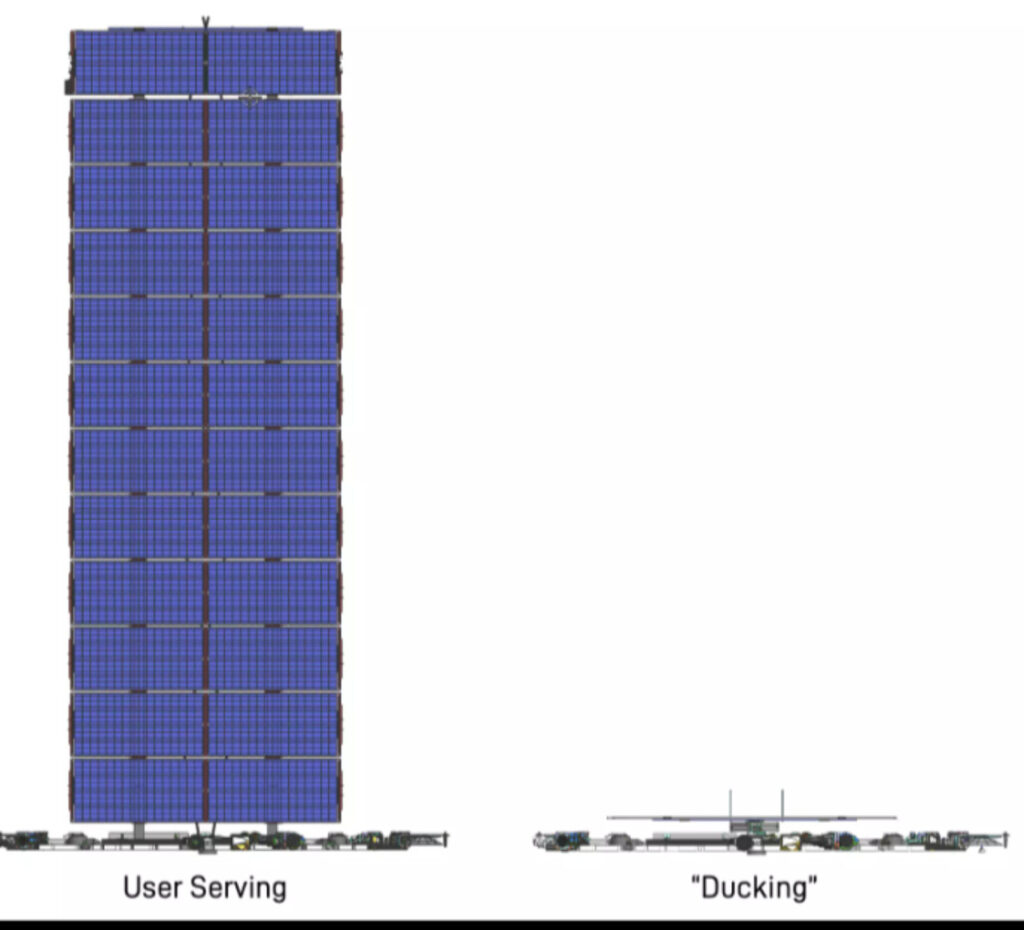
SpaceX’s collision avoidance system has received thorough validation from NASA’s Conjunction Assessment and Risk Analysis (CARA) program. Under a Space Act Agreement (SAA) with NASA, the space agency relies on SpaceX’s system to avert potential collisions with its own science spacecraft.
In a bid to prioritize safety, SpaceX meticulously charts the flight paths of its satellites to steer clear of inhabited space stations like the International Space Station (ISS) and China’s Tiangong Space Station. Collaborating directly with NASA, SpaceX ensures its satellites avoid any potential conflicts with the ISS, receiving updates on maneuver plans to adjust their trajectory accordingly. Even with China’s undisclosed maneuver plans, SpaceX diligently endeavors to maintain ISS-equivalent clearance from Tiangong based on publicly available ephemerides.
Emphasizing its commitment to space sustainability and safety, SpaceX takes pride in its sophisticated design, testing, and operational strategies that continuously improve the safety of space exploration while enabling global Internet connectivity. They urge all satellite owners and operators to follow suit and invest in sustainability and safety measures, while also advocating for transparent operations. SpaceX encourages the exchange of high-quality propagated ephemeris and covariance data, screened by the 18th Space Control Squadron, and urges the open sharing of this information to enhance coordination and ensure a sustainable and secure space environment for the future. With the appropriate risk assessment, information sharing, and technological controls, the challenge of space sustainability can be effectively managed, ensuring that space remains accessible for generations to come.

